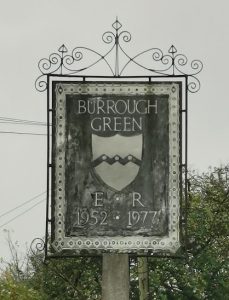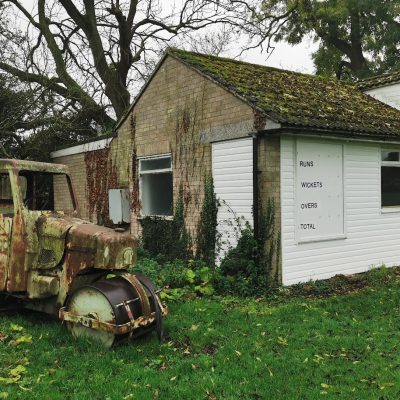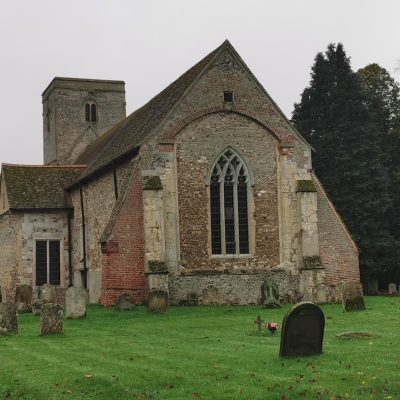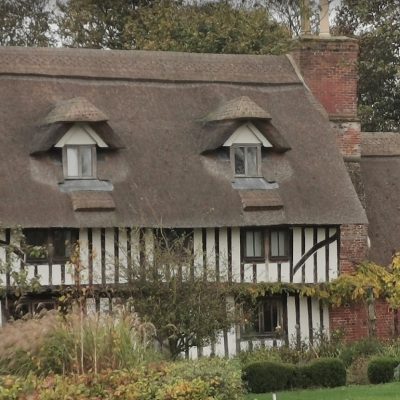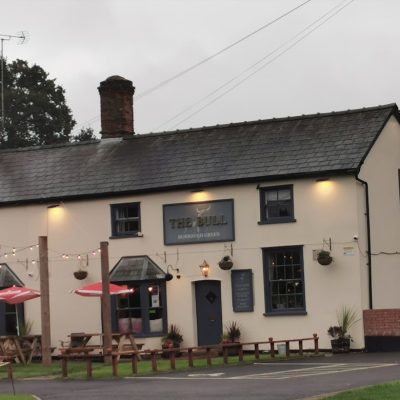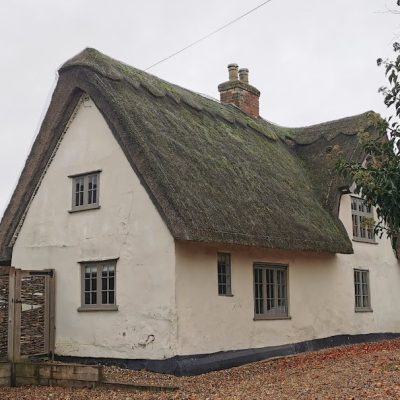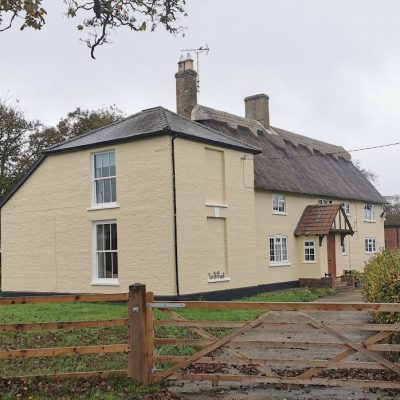Search by topic
- archaeology
- architecture
- bricklayer
- Building of Local Interest
- carpenter
- church
- crime
- dressmaker
- fire
- Great Eastern Railway
- listed building
- medieval
- oral history
- Public House
- Rattee & Kett
- Religious House
- Roman
- scholar
- school
- Then and Now
- tudor
- women
- work
- world war one
- world war two
Search by text
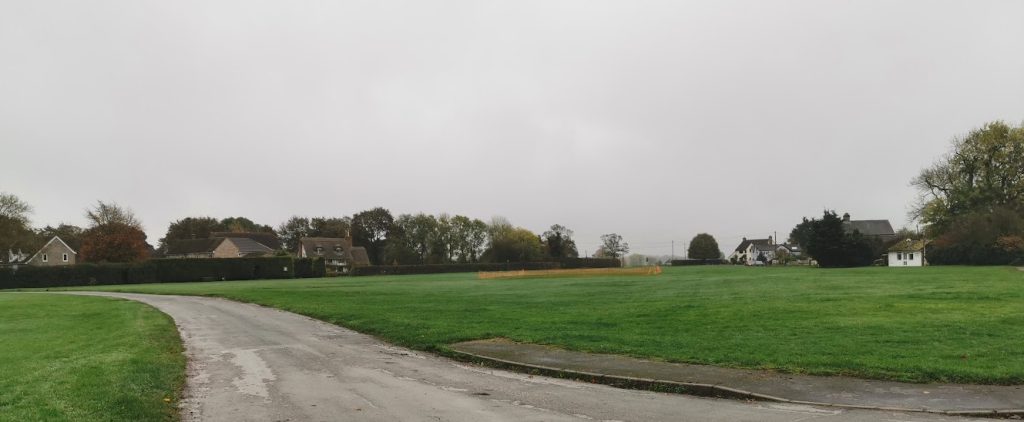 Burrough Green (RGL2024)
Burrough Green (RGL2024)Burrough Green data
Burrough Green data
See https://www.british-history.ac.uk/vch/cambs/vol6/pp141-147
The following notes are taken from A History of the Parish of Borough Green by W M Palmer, 1939.
In the Domesday Book Burch (Burrough Green) and Westlai (Westley Waterless) form a 10 hide unit. Whereas Westley Waterless was split into four holdings, Burrough Green was only one, in the name of Earl Alan, of 1020 acres.
This holding by Earl Alan is assessed as 5 hides with 1020 acreas. 480 acreas are in the earl’s demesne farm; 540 are in the hands of tenants (7 villeins, 10 bordars or cottagers and 2 slaves.) There is a meadow for 4 oxen and a deer park. It is worth £9 per year.
Before the Conquest this estate was held by Edith, probably Ealdgyth daughter of Godwin Earl of Wessex. All of her vasts estates went to Earl Alan.
In 1086 the name was Burch but in the 400 years subsequent it is spelt Burgh and pronounced Burrow. Burgh refers to a fort or earthwork and remains of this survived in Park wood.
The controlling family after the Conquest were the De Burgh family of whom Count Alan was a member. Their line can be traced from 1086 until the 16th century. In the 15th century the inheritance passed to the Ingoldesthorpes. Sir John Ingoldesthorpe had married Elizabeth de Burgh; both were buried c.1421 at Burrough Green.
In 1574 the last member of this family line, John Cutts, sold Burrough Green to Anthony Cage for £5420. At that time it is described as a manor with 10 messuages, 10 barns, 10 gardens, 10 orchards, 200 acres of land, 30 acres of meadow, 200 acres of pasture, 300 acres of wood, 20 acres of heath and 13s in rent.
Anthony Cage was a London merchant, a member of the Salters’ Company who was born in Suffolk and owned a lot of property. His son, Anthony Cage II, was appointed in charge of a muster of 42 light horsemen in 1588 at the time of the Spanish Armada. In 1596 he was sheriff of the county. he died in 1603 and was succeeded by his eldest son, John Cage.John was knighted and also served as sheriff; but he also fell foul of the authorities and was heavily fine.
He was succeeded by his son, Anthony when he was 21. During the Cvil War, in 1645, his estate was assessed at £300 for the committee for the advance of money. When he failed to pay, his estate was confiscated and the contents sold; for 7 years there were complex arguments over compensation and payments.
On his death, the estate went to his son in law, Henry Slingsby. He was a friend of John Evelyn and an original member of the Royal Society. he was also a friend of Samuel Pepys. In 1670 Evelyn visited Slingsby at Borough Green. He was there again in 1674 where he listened to the harpsichord, violin and singing. However Slingsby had inherited considerable debts and was never able to sort out his financial affairs effectively.
The manor had been mortgaged to Edward Russell in 1696 and a few years later he was made Earl of Orford and then bought the manor right out. In 1727 it was bought by the Duke of Somerset who then gave it in marriage to his younger daughter with the earl of Aylesford.
In 1820 the earl sold it to Thomas Redhead. It was bought from his descendants in 1909 by Sidney Taylor who split up the estate and sold it. The manorial rights passed to Mrs W J Taylor.
Mike Petty’s Scrapbook:
https://archive.org/details/BurroughGreenScrapbook1897To1990/page/n5/mode/2up
Contribute
Do you have any information about the people or places in this article? If so, then please let us know using the Contact page or by emailing capturingcambridge@
License
This work is licensed under CC BY-NC-SA 4.0








